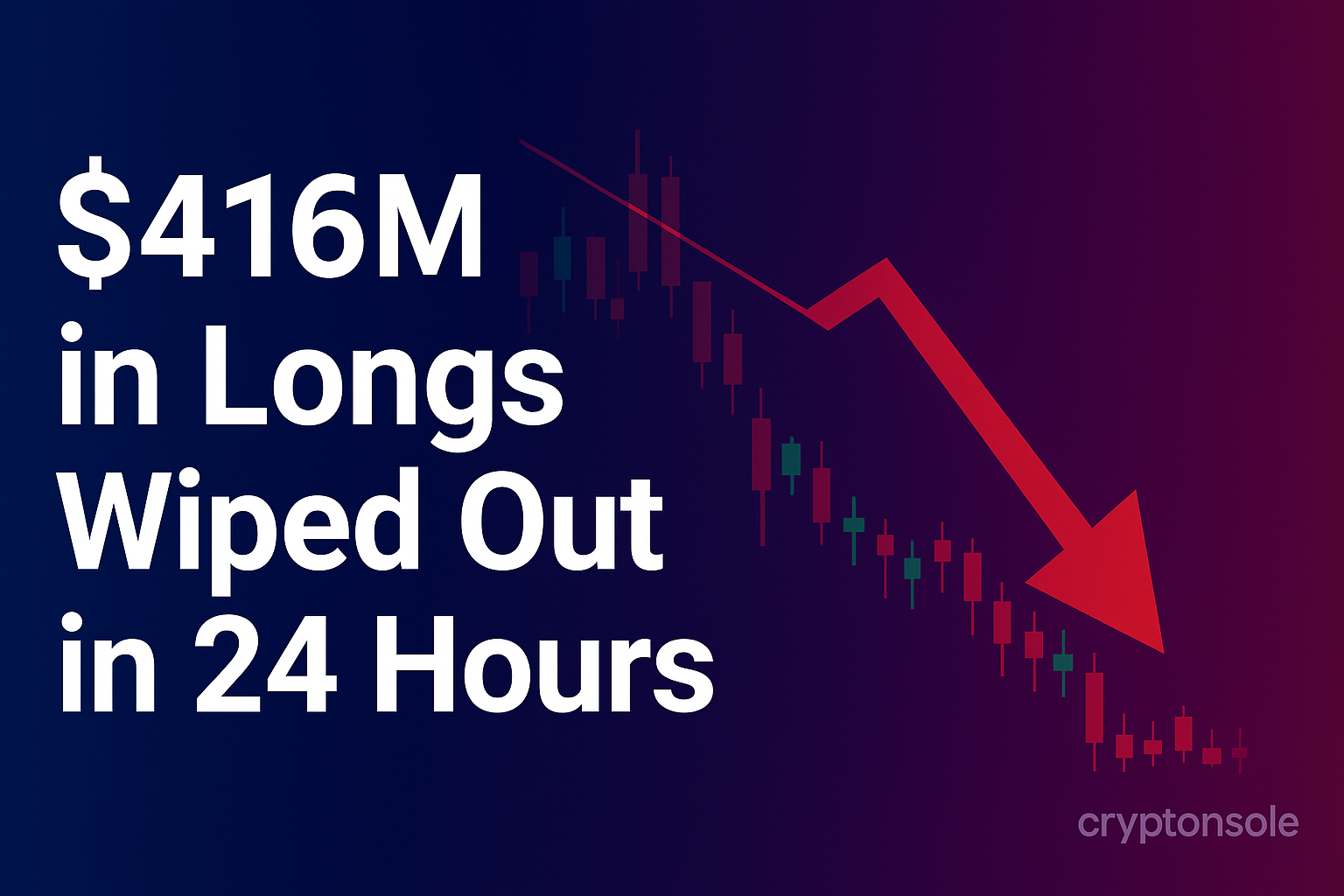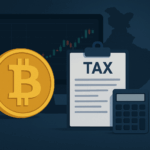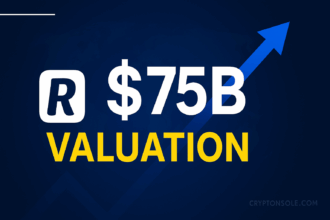Quick take
Over the past 24 hours, roughly USD 416 million of long positions were liquidated across cryptocurrency derivatives markets, according to real-time liquidation trackers and exchange data. The move is another painful episode in a week of heightened volatility that has already erased billions from leveraged traders.
What happened
Liquidation monitors show a concentrated wave of forced exits from long (bullish) positions during a sharp sell-off that hit major tokens including Bitcoin and Ether. CoinGlass’s live dashboard and market-data posts recorded large sums wiped out in rolling 24-hour windows, while market-wide coverage noted that earlier this week the market experienced a historic liquidation event totaling about USD 19 billion over a 24-hour span — with the vast majority coming from long trades.
On social channels, market telemetry services reported the USD 416M figure and highlighted that ETH, BTC and other high-cap tokens accounted for the bulk of the pain during specific intraday intervals.
Why so many longs were liquidated
- High leverage exposure — Many retail and institutional traders held large leveraged long positions; even modest intraday declines can trigger margin calls and forced liquidations.
- Thin liquidity at odd hours — Sudden sell pressure in low-liquidity windows amplifies price moves and increases slippage when exchanges execute liquidations.
- Cascade mechanics — A liquidation in one market can depress prices elsewhere, triggering more margin calls in a feedback loop.
- Macro shocks / news flow — Recent macro headlines and policy surprises have repeatedly sparked risk-off sentiment, hastening unwind activity. (See context on the broader $19B event.)
Market impact & who was hit hardest
- Bitcoin & Ether: As the largest liquid markets, BTC and ETH tend to see the largest nominal liquidation figures; earlier events showed Bitcoin and Ethereum each accounting for several billion in cumulative liquidations during the worst 24-hour windows.
- Smaller-cap altcoins: Thin order books make them vulnerable to flash crashes and outsized percentage moves when liquidation cascades spread.
- Derivatives platforms: Exchanges’ insurance funds and risk engines are stress-tested during these episodes; platform transparency on fund health and ADL (auto-deleverage) rules can shape outcomes.
Risks & caveats
- Real-time tallies vary: Different trackers (CoinGlass, Coinglass maps, exchange feeds) report liquidations slightly differently because of API limits, reporting frequency, and whether off-exchange/OTC clearing events are included. The USD 416M figure is a near-real-time estimate based on liquidation trackers active during the recent sell-off.
- Short-term noise: Liquidations reflect forced exits and do not necessarily represent permanent loss of investor interest—markets sometimes see rapid rebounds if liquidity returns.
What traders and risk managers should do now
- Reassess leverage: Reduce leverage or increase margin buffers to survive intraday squeezes.
- Diversify execution: Use staggered entries and exits to avoid8 heavy slippage in volatile markets.
- Monitor liquidity: Trade during periods of higher liquidity, and check order-book depth before placing large trades.
- Have contingency plans: Prepare for exchange idiosyncrasies (ADL, withdrawal delays) in stress scenarios.
What to watch next
- Daily liquidation tallies — whether further large long liquidations follow or the market stabilizes.
- Exchange disclosures — updates on insurance funds, ADL activations or outlier large liquidations.
- Macro headlines — any new shocks (tariffs, policy moves, credit events) that could reignite volatility.
- On-chain indicators — stablecoin flows, exchange inflows/outflows and large-wallet activity that presage sustained moves.
Bottom line
The USD 416 million of long liquidations in the past 24 hours is a significant reminder that leveraged exposure in crypto can evaporate quickly when market conditions turn. Traders and institutions should treat recent events as a stress test for margining, liquidity management and platform risk.
CRA0FZJ5












